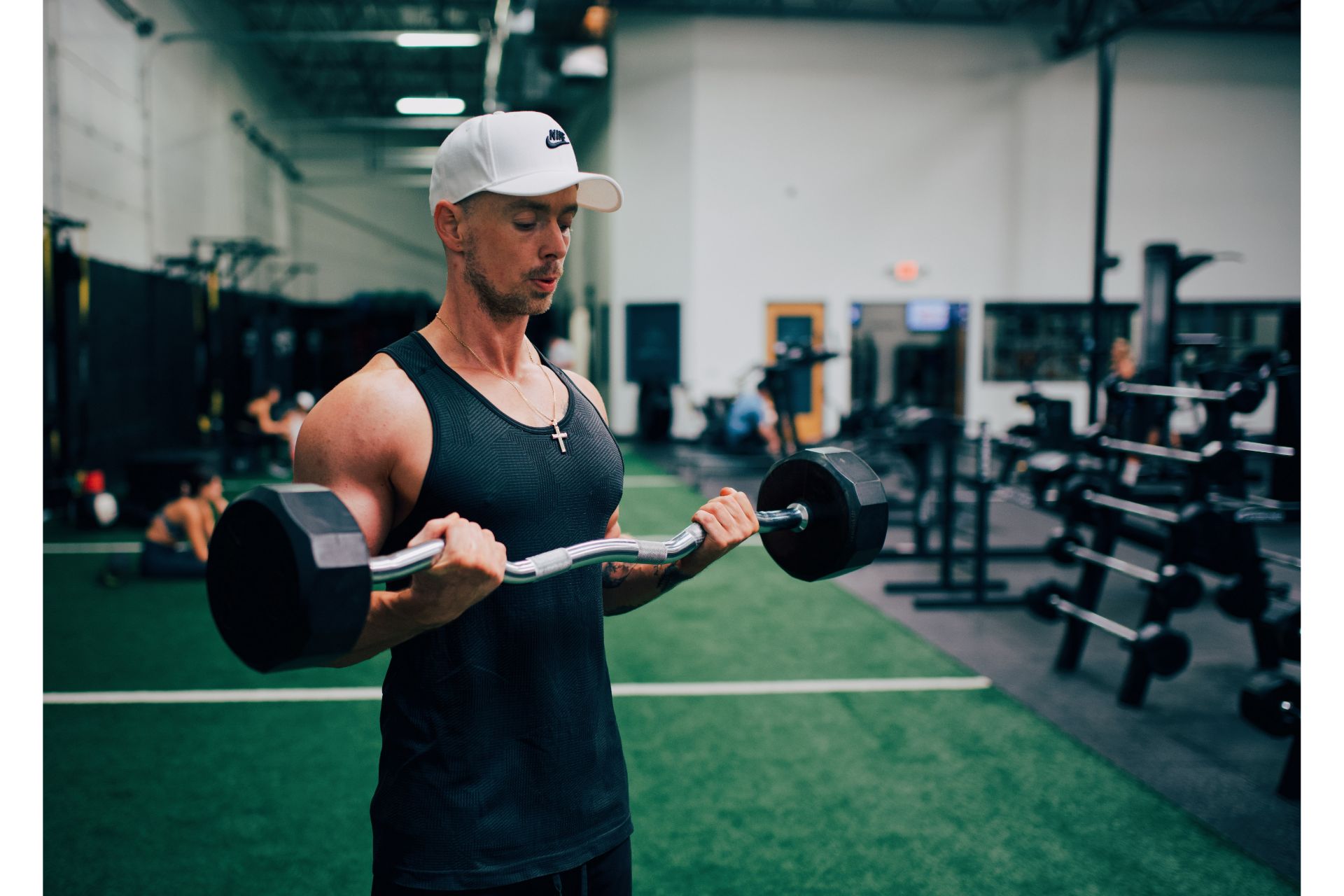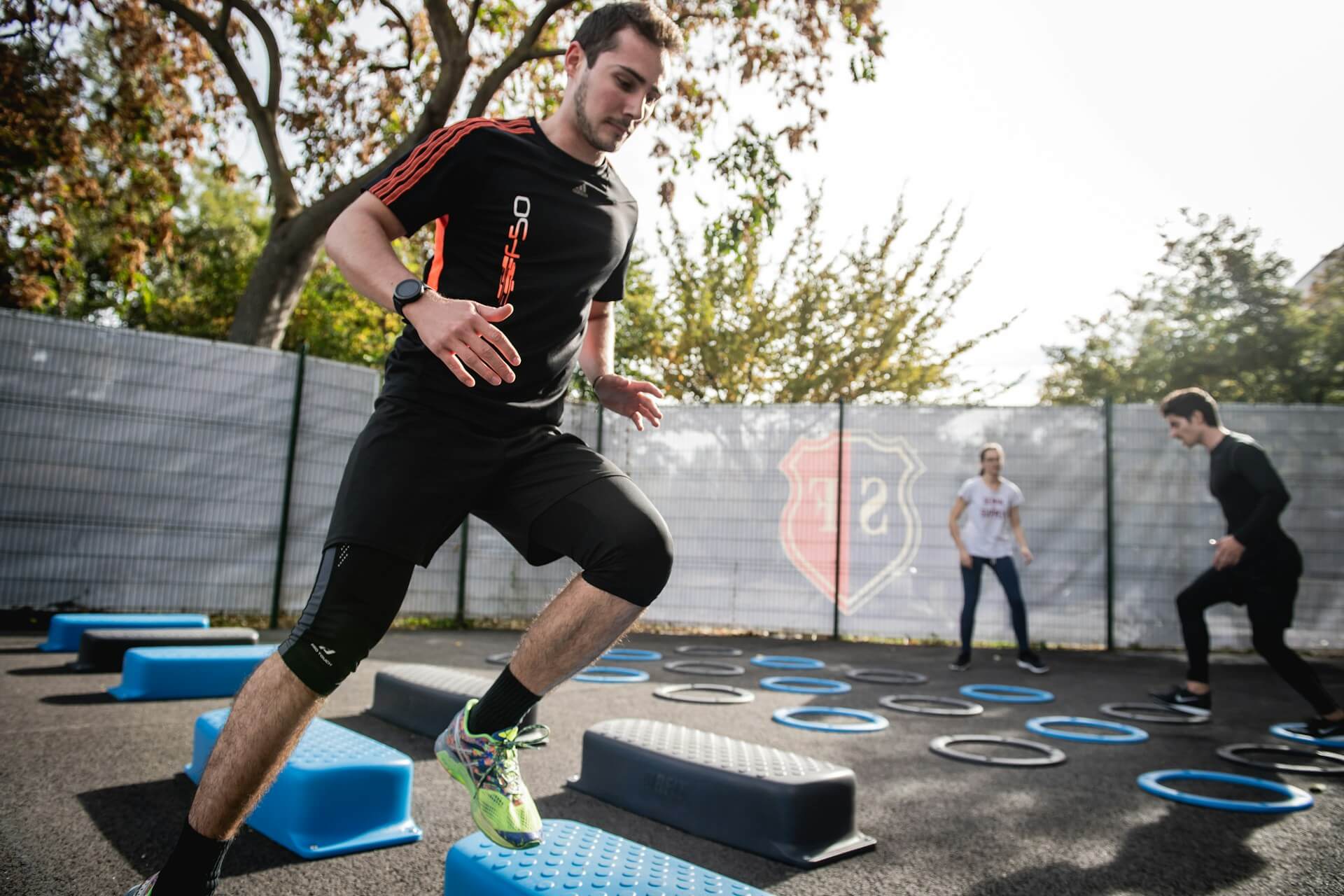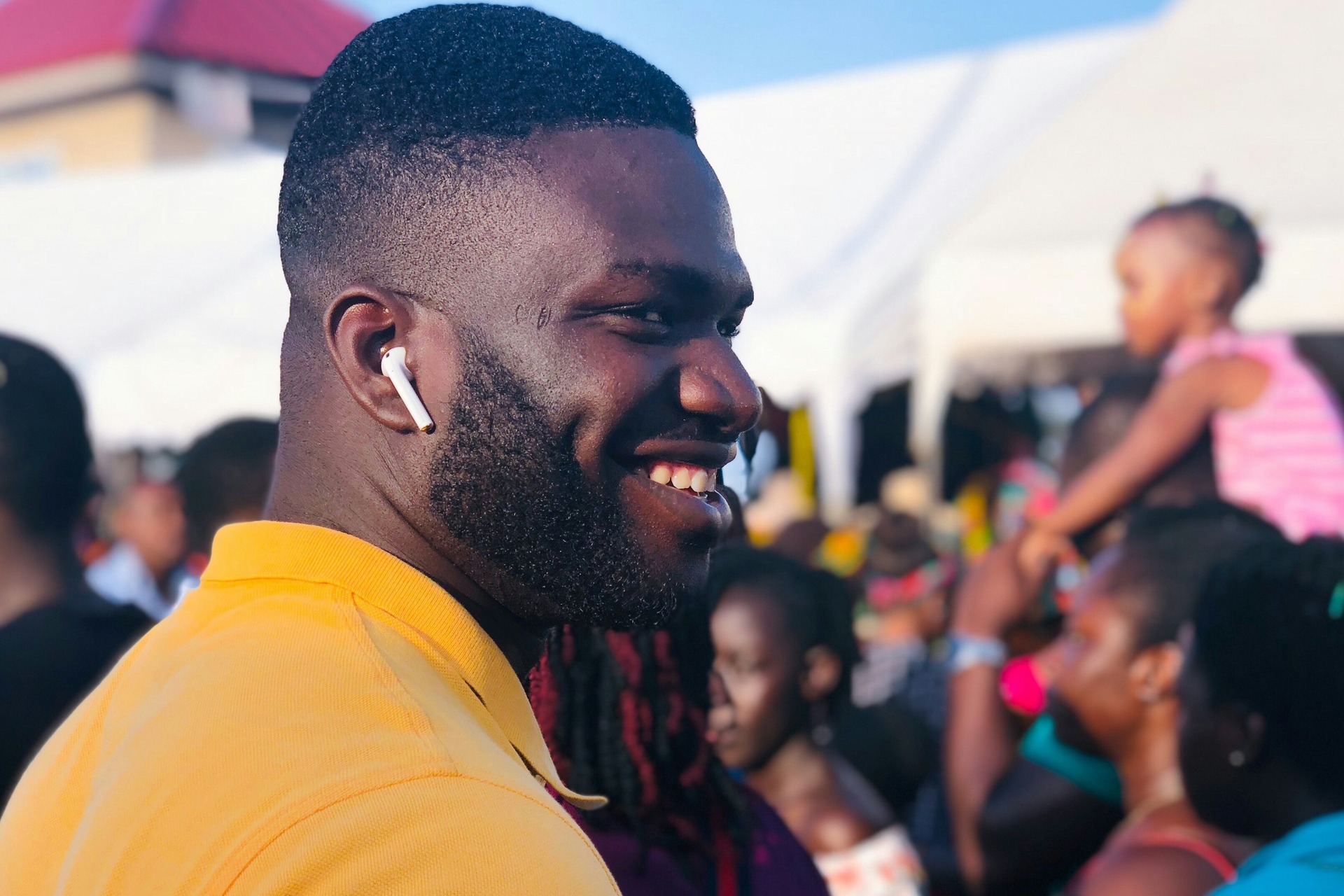Hammer Curl vs Bicep Curl: What’s the Difference?
Dec 05, 2022

As an Amazon Associate, Modded gets commissions for purchases made through links in this post.
Everyone wants huge biceps. They’re arguably the flashiest muscles in the upper body, and the front double biceps is the most famous pose by a mile. The traditional bicep curl and hammer curl are two great exercises to grow the biceps, but many people conflate the two. In reality, they train different parts of the biceps muscle. Let’s clarify the hammer curl vs bicep curl confusion so you can train your biceps properly and get a full, round look.
Hammer Curl Exercise Setup
As the name suggests, the hammer curl requires you to hold the weights like a hammer. This grip is called a neutral grip, as opposed to an overhand or underhand grip. Besides this difference, the execution is almost identical to the bicep curl.
You’ll notice in the video tutorial that the subject isn’t swinging his body or moving his elbows. These two details are crucial for performing the exercise correctly. Aside from the lower arms, the whole body should remain stationary throughout the movement.
The tutorial also shows a good example of time under tension. The bicep gets a full stretch and contraction with every repetition. The subject isn’t curling too fast or going through the motions. Each rep has a purpose.
Bicep Curl Exercise Setup
The bicep curl utilizes an underhand grip instead of a neutral grip. You won’t be able to lift as much weight, but most people feel a stronger contraction with the bicep curl compared to the hammer curl.
This video tutorial is a great example of proper bicep curl fundamentals. His body is stationary and his elbows stay pinned to his side. But most importantly, his wrists remain straight. You don’t have to worry about this detail with hammer curls. With all underhand grip exercises, you must keep your wrist straight and avoid curling it to keep full tension on the biceps muscle.
Anatomy of the Biceps
Let’s start by taking a look at which parts of the bicep each exercise trains. Although the hammer curl and bicep curl technically stimulate the whole muscle, the pressure is emphasized in a few specific areas.
Hammer curls train the following parts of the bicep and lower arm:
- Biceps brachii long head
- Brachialis
- Brachioradialis
- Extensor carpi
- Radialis longus
Bicep curls focus on these parts of the bicep:
- Biceps brachii short head
- Bicipital aponeurosis
As you can see, the hammer curl trains a lot more smaller muscles than the bicep curl. So how come the bicep curl is more popular among fitness enthusiasts and bodybuilding fans? The explanation is quite interesting.
Hammer Curl vs. Bicep Curl: Which is Better?
In practical terms, the hammer curl is the more effective exercise. It stimulates more muscle groups, making the arms appear wider and adding more muscle volume overall. However, the bicep curl is more popular because of one simple reason: the bicep peak.
The bicep curl is more effective at growing your bicep peak – a casual term for the biceps brachii short head. The short head gives the bicep muscle height and roundness at full contraction, as shown in the image below. It makes the upper body look more symmetrical and aesthetically pleasing.
So, although the hammer curl is generally more effective at building muscle, the bicep curl is more alluring to most people because of the visual appeal. Both are great exercises to add to your arm workout routine.
Want Big Biceps? Do Curls, Curls and More Curls
If there’s one thing you take away from this hammer curl vs bicep curl comparison, it’s that one movement reigns supreme: the curl itself. If you want big biceps, you need to do curls, curls and more curls. There are many curl variations you can do besides these two exercises. Start with a manageable weight, focus on your form and the results will speak for themselves.






